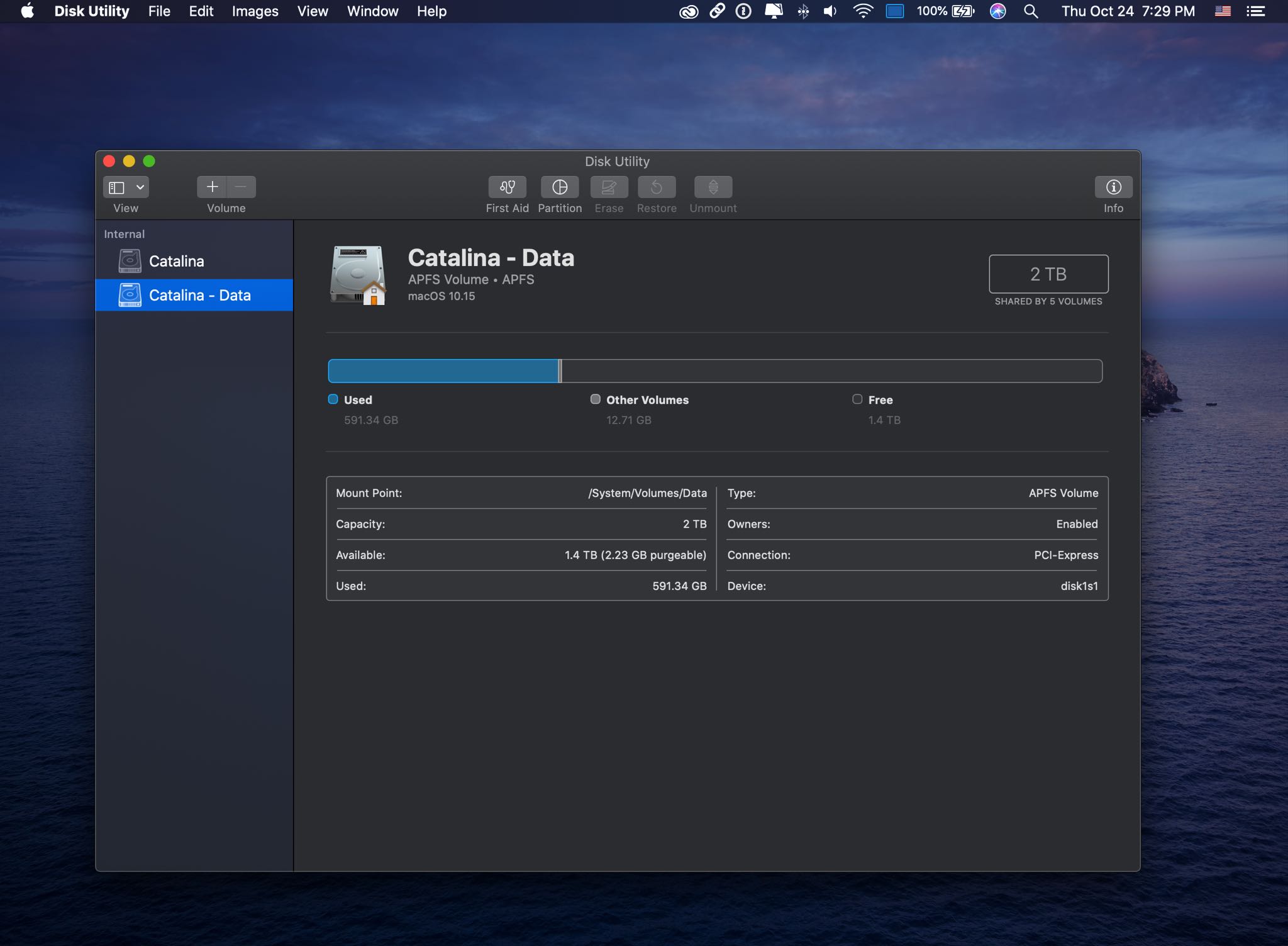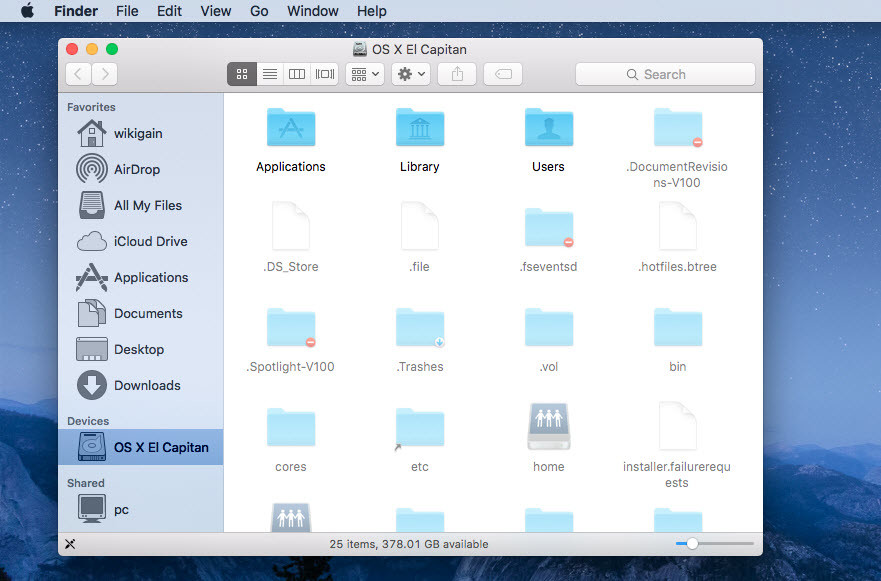Oct 09, 2020 How To Install June’s Journey – Hidden Objects on Mac. To install June’s Journey – Hidden Objects For Mac, you simply must install an Android Emulator like Xeplayer, Bluestacks or Nox App Player first. Using this android emulator app it is possible to Download June’s Journey – Hidden Objects full version in your Mac OS X and Laptop. After all, these files are hidden for a reason! See hidden files on Mac via Finder. As mentioned above, it doesn’t take much to make the hidden files on your Mac visible. In fact, you can check out all of the hidden files on your Mac by following just three easy steps: In Finder, open up your Macintosh HD folder; Press Command+Shift+Dot.
It deletes the hidden files OS X creates. This app requires Mac OS X 10.6, and does not run on Mac OS X 10.5. Please ignore the 'Operating System Requirements' field for this listing.
- Files that are preceded by a “.” are not always visible in a normal file list. Also, folders like /bin, /etc/, and /usr are hidden away. By default, macOS hides all critical system folders and files. Others are kept out of view because they may be too confusing to understand for typical Mac users.
- Sep 27, 2016 A lot of Mac tutorials mention the Library folder, which is where your macOS applications store things like settings and caches. Some settings can only be changed by editing files in the Library. But the Library is hidden by default.
There is nothing like new hidden object games to ensure an incredible weekend. Just as good books, they give you an opportunity to get completely involved in the story and live through the adventure. However, unlike fiction, they also feature exciting music surrounding to perfect your immersion in the story unfold. As you explore gorgeous locations in search for hidden objects and clues, you may also encounter smart brain-teasers and original mini-games to solve.
Best hidden object adventure games often have sequels or prequels. Let us give some recommendations to players new to the genre. If you prefer sweet games and fairy worlds, try Awakening and Spirits of Mystery series. Hallowed Legends, Enigmatis, PuppetShow and Danse Macabre are must-have titles for mystery games addicts and those who enjoy dark ghost stories. Nowadays most popular TV shows also come up as detective games. Castle, Criminal Minds, Murder She Wrote and Paranormal State are just few examples of the kind. Whatever topic you decide to start with, Absolutist remains your source of best hidden object games for Mac OS X.
Lost Amulets:
Four Guardians
Chimeras:
Cherished Serpent
Haunted Hotel:
Lost Time
PuppetShow:
Fatal Mistake
Fairy Godmother Stories:
Cinderella
Darkness and Flame:
Enemy in Reflection
Halloween Stories:
Horror Movie
Grim Tales:
Guest From The Future

Clutter 1000
Dreamwalker:
Never Fall Asleep
Skyland:
Heart of the Mountain
Mindframe:
The Secret Design
WhatsaByte may collect a share of sales or other compensation from the links on this page.
The show hidden files Mac OS X guide!
Did you know how to show hidden files on Mac OS X computer yet? It’s not similar to what you do in Windows. There is a bit more complicated and require you to type a few commands in Terminal in Mac OS X to show those hidden files.
My story is that I just switched to Mac OS X a few months ago. At that moment, I was just learning how to use this new operating system, from how to install or uninstall apps, copy and paste files, as well as, take screenshots. One day, I was wondering how to view system files that are hidden like in Windows? With the help of Google and information from a few sources, show or hide hidden files never been easier, especially doing that using short alias commands instead of typing long commands, which aren’t easy to remember.
Showing Hidden Files On Mac
In Mac OS X, by default, all files that starting with a dot (“.”) before the file name are always invisible, including .bash_profile, .svn directory, or even .htaccess file. If you want to access these files, you need to make it visible.
[full-related slug1=”how-to-print-screen-mac-os-x” slug2=”how-to-force-quit-mac-apps-with-shortcut”]Before reading this guide, you may think to make hidden files to viewable is hard. But don’t worry! Today, I write this simple guide to show you the easiest way to show hidden files on Mac OS X computer. You only need to type a few long commands in Terminal application once. Next time, you just need to use showFiles and hideFiles commands to show or hide hidden files on Mac.
Use Terminal Commands To Show Hidden Files Mac OS X
To show hidden files on Mac, click on the Finder icon in the bottom Dock and then go to Applications > Utilities and then open Terminal application.
In the next step, type the command below, or just copy & paste it, and then press the Enter key.
defaults write com.apple.finder AppleShowAllFiles YES
Next, press and hold the “Option” key, and then right-click on the “Finder icon” in the bottom dock and select “Relaunch“.
/article-new/2019/05/how-to-reveal-hidden-files-and-folders-on-Mac.jpg?lossy)
This action will refresh the Finder and show all hidden files on Mac OS X. If you want to hide these files again, type the following command in Terminal:
defaults write com.apple.finder AppleShowAllFiles NO
If you can remember these commands, it’s very easy for you to show or hide hidden files. However, in case you can’t remember these commands, you will have to search for it on Google whenever you need to show or hide these files.
Show And Hide Hidden Files On Mac OS X With Terminal Aliases
What’s a Terminal alias? It’s a shortcut for one or more commands. By creating aliases for the show hidden files or hide hidden files commands, you only need to remember aliases, and then you can show or hide files quicker.
To create aliases, open Terminal and then type:
sudo nano ~/.bash_profile
It will ask you to provide the administrator’s password. Just enter your password and press the Enter key on your keyboard.
At the end of the .bash_profile file, just paste these code:
alias showFiles=’defaults write com.apple.finder AppleShowAllFiles YES; killall Finder /System/Library/CoreServices/Finder.app’

And then:
alias hideFiles=’defaults write com.apple.finder AppleShowAllFiles NO; killall Finder /System/Library/CoreServices/Finder.app’
In the next step, press Control + O (or Ctrl + O) and then press Enter to save the modification on the file.
Next, press Control + X (or Ctrl + X) to exit the editor to return to the Terminal window.
Mac Os High Sierra
In the Terminal, type:
source ~/.bash_profile
to make two above aliases available.
Delete Hidden Files On Mac
In the next time when you want to show hidden files or hide hidden files, just type:
showFiles
or
hideFiles
in Terminal, respectively.
Hidden For Mac Os 10.13
showFiles and hideFiles to Show or Hide Hidden Files Mac OS X
With these aliases, it will help you to speed up the show or hide hidden files process. You can also create aliases for long commands in Terminal to do any tasks quicker.
If you have any questions about this show hidden files Mac guide, feel free to ask me by leaving your comment below.
